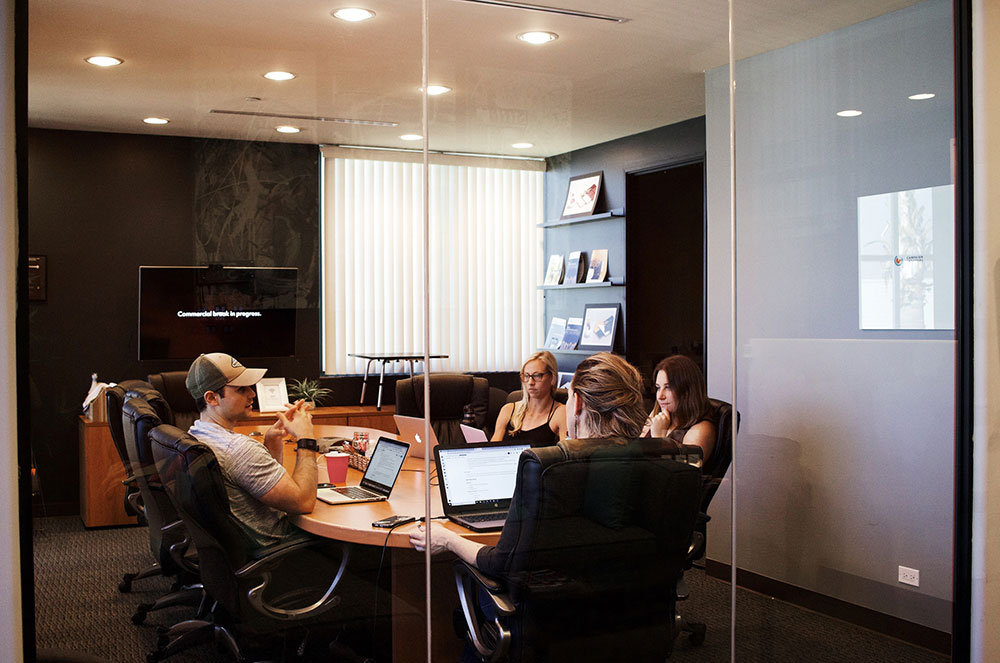Have you ever sat down for work to look at your calendar and then realize your entire day will be wasted in meetings? It’s happened to everyone. As you scroll through your doomed day, you will probably see a couple of meeting invitations you think should have never hit your inbox. There’s a good chance you can pick out another one or two that could be about half the length of time.
Meetings are necessary for getting business done; however, it seems many people don’t understand how to make the most of their meetings. Follow these effective meeting strategies, and your meeting will be the one your colleagues actually want to attend.
1. Create an agenda
An agenda gives a meeting its meaning. This document clearly defines the scope of the meeting. The first thing on the agenda should be a purpose statement. What do you want the overall outcome of the meeting to be? Agenda items flow from this purpose. If an agenda item doesn’t fit, don’t shoehorn it into the meeting. Remove the agenda item, or reconsider your purpose statement.
As you craft your agenda, you may find you don’t need a meeting at all. Perhaps your topic could be covered in an email to your invitees or resolved in a hallway conversation with a colleague or your boss.
2. Ask participants to prepare in advance
When participants walk into a meeting cold, they are put on the spot to offer opinions or make decisions. Most people don’t like being asked to make a quick decision, and some people downright hate it.
Asking participants to prepare in advance allows them to walk into the meeting ready to tackle the meeting’s issues. This makes the meeting much more productive and requires less meeting time. People can prepare as much or as little as the feel necessary, and the organizer can hold participants accountable for their preparation. Distribute the meeting agenda as early as possible to give your participants the maximum time to prepare.
3. Limit the number of attendees
Amazon CEO Jeff Bezos famously said that if two large pizzas can’t feed the people in a meeting, the meeting has too many people. Be judicious about who you invite to meetings. Granted, the two pizza rule isn’t right for every meeting; however, it’s a nice rule of thumb for most circumstances. The more people you add to a meeting invitation, the more likely you will have people who don’t need to be there. Effective meetings should have the right people in the room — no more, no fewer.
4. Keep the meeting short
When you have a well-defined purpose, an on-point agenda, and the right group of prepared people, it’s easy to keep meetings short. As a meeting facilitator, your main duty is to keep the group on task. Follow the agenda as best you can, but give yourself some latitude to deviate when necessary. If you could plan the perfect agenda, there’s a decent chance you didn’t need to meet. So cut yourself some slack when things don’t go according to plan. On the flip side, don’t let the meeting meander. Stay on track by keeping your meeting’s purpose at the forefront.
5. Ban laptops and phones
In a meeting, laptops and phones distract much more than they help. If you have the authority, ban laptops and phones from your meetings. Encourage people to take handwritten notes. They’ll take better notes, and they’ll remember the most important points of the meeting.
6. Make clear action item assignments
Have you ever come out of a meeting not knowing what the next step on the meeting’s issue will be? Don’t let that happen in your meetings. When someone needs to take an action item from the meeting, make sure that person and everyone else knows what the task is and when it is due back to the group.



